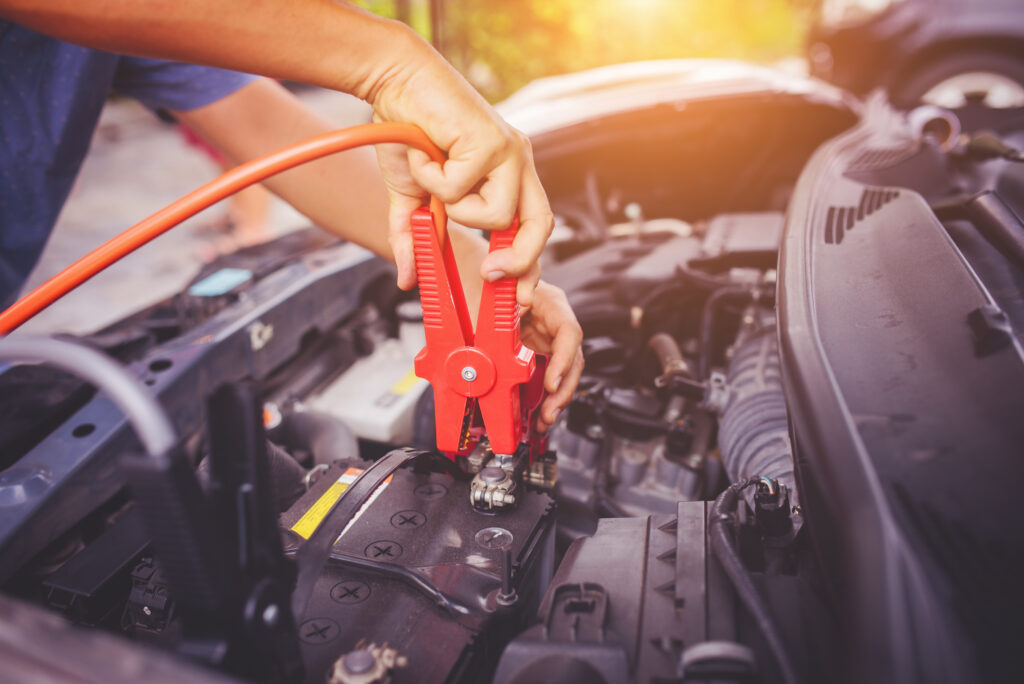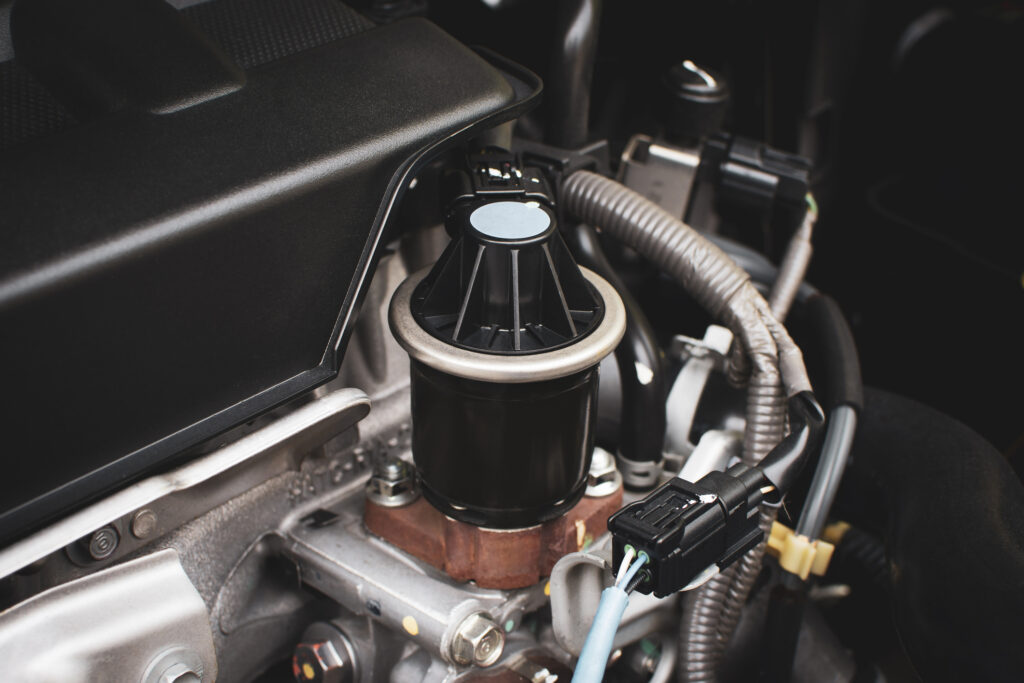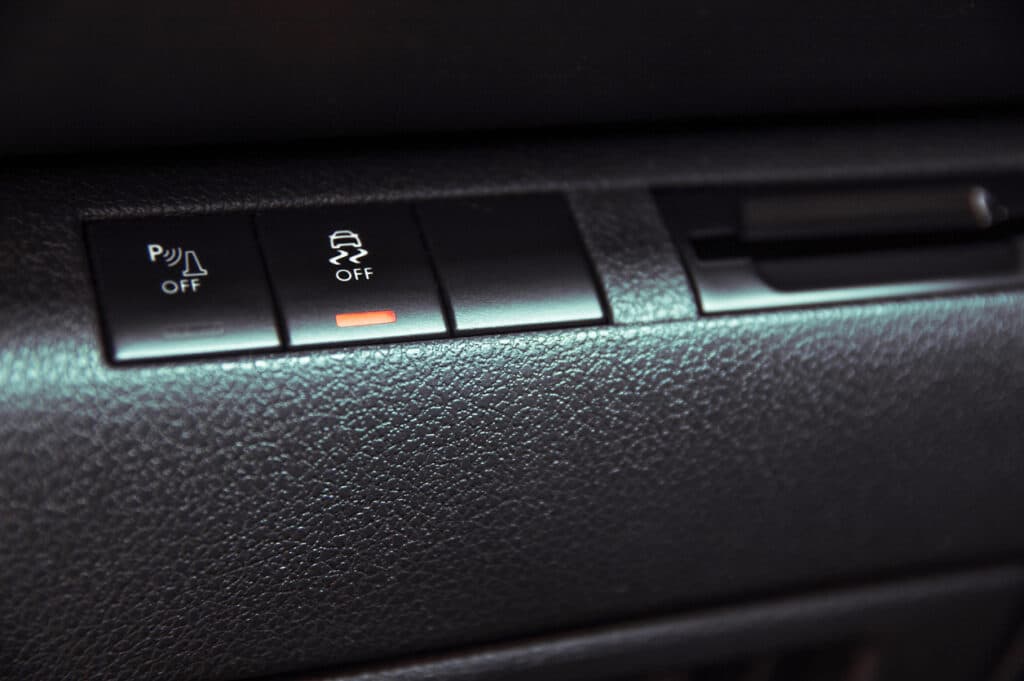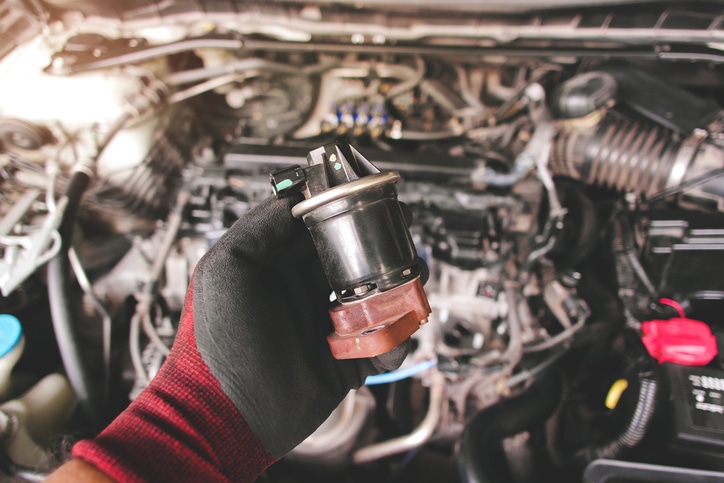
There’s no getting around the fact that diesel cars contribute more greenhouse gas emissions than other engine types. To combat this and keep pollution to a minimum, manufacturers have introduced several technological measures in recent years, one of which is the exhaust gas recirculation, or EGR, system.
But how exactly does an EGR device work? To what extent does it help to curb emissions? And are there any common problems associated with EGR valves that you need to know?
We’ll answer all these questions and more in our EGR guide below.
Quick Links
- What is an EGR System and How Does it Work in a Diesel Engine?
- Where is an EGR Valve Found in a Diesel Engine?
- How are EGR Valves Controlled?
- Why Are EGR Valves Needed to Control Nitrogen Oxide Levels?
- Treat EGR Problems with Holts EGR & Carb Cleaner
What is an EGR System and How Does it Work in a Diesel Engine?
An EGR is a valve within a diesel engine that’s used to control the volume of nitrogen oxide (NOx) emissions released through the exhaust. NOx is among the most toxic emissions produced during the diesel combustion cycle, so it’s critical to reduce its occurrence in exhaust fumes by as great a margin as possible.
To achieve this, an EGR valve siphons a small quantity of exhaust gases and recirculates it back into the combustion chamber. This effectively lowers the combustion temperature of the fuel-air mix, reducing the production of NOx which happens at high temperatures.
That’s a basic account of how EGR systems work to reduce harmful emissions in diesel engines. If you want to get even more technical, read on below. Otherwise, feel free to jump to the next section by tapping here.
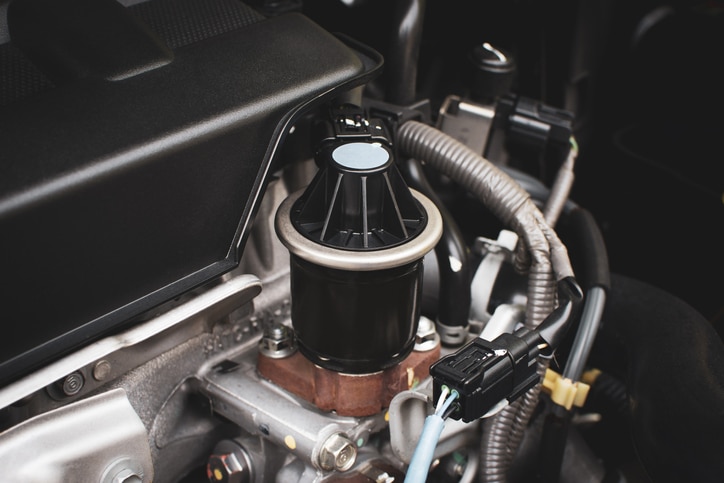
As mentioned, EGR valves reroute a dose of exhaust fumes to the combustion chamber. There, it adjusts the combustion formula in such a way as to reduce oxygen and increase water vapour, a process which works to cool the mixture and prevent the production of NOx.
How does the EGR valve decide on the quantity of exhaust fumes to recirculate through the combustion chamber? Working in sync with the ECU, the device regulates exhaust flow depending on the vehicle’s speed and RPM. It only opens when the engine has reached its normal operating temperature and closes again when the car is stopped to maintain the optimal combustion temperature.
Where is an EGR Valve Found in a Diesel Engine?
The valve is the central part of the EGR system and sits between the exhaust manifold and the intake manifold. This position is crucial since the system relies on delivering a small quantity of recycled exhaust fumes back into the combustion chamber, so it effectively acts as a gate between the exhaust and intake manifolds.
How are EGR Valves Controlled?
Typically, EGR valves are either vacuum controlled or are powered by a small electric step motor. The ECU controls the EGR valve with sensors inside the combustion chamber, which monitor the volume of NOx to dictate when the valve is opened and closed.
Why Are EGR Valves Needed to Control Nitrogen Oxide Levels?
Nitrogen oxide, alongside carbon monoxide, is among the most harmful pollutants emitted by diesel engines. It’s a by-product of the combustion cycle, produced when nitrogen and oxygen react at high temperatures.
NOx contributes to serious smog and pollution, with potentially catastrophic effects on human health and biodiversity. It’s also known to cling to and pollute agricultural crops, making them unsafe for human consumption.
Small wonder then, that EGR valves are a legal requirement on all diesel cars. Alongside DPFs, these devices can have a significant impact on the volume of toxic fumes released from an exhaust tailpipe, so it’s essential that they’re properly maintained and in good working order.
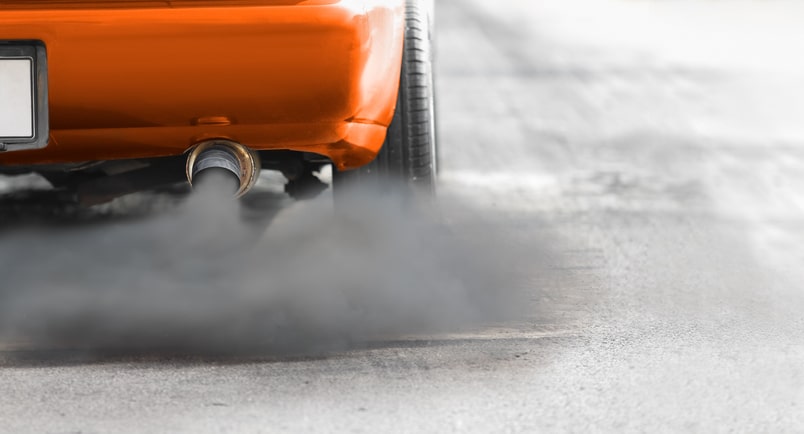
What Are the Symptoms of a Bad EGR Valve?
One of the downsides of EGR valves is that they’re prone to frequent problems, so much so that in the past diesel drivers sought to remove them.
EGR valve removal is now illegal under the Euro 6 Emissions Standards and carries a hefty £1,000 fine. That means diesel owners have had to learn to live with EGR-related problems and find ways to keep the valve working at its best.
If you’re concerned about your car’s EGR valve, here are some of the common symptoms that could indicate a fault:
- Black smoke from the exhaust – if your EGR valve is totally blocked or stuck closed, black smoke from the exhaust is a common symptom. This shows the presence of some nasty stuff in your exhaust emissions, so it’s best to pull over and switch your car off if you notice dark smoke.
- Reduced engine performance and fuel economy – your car won’t function normally if the EGR valve is blocked or stuck, so this is a tell-tale sign of faults. Similarly, if your fuel economy dips unexpectedly, this indicates that something could be amiss.
- Dashboard warning light – much like when there’s a problem with your DPF, a warning light will illuminate on the dashboard when a fault is detected. Unlike the DPF however, there’s no dedicated light for the EGR valve; it may be represented by the “Engine Management” light or the “Check Engine” light.
- A strong smell of fuel in the car – since more hydrocarbons are present in exhaust fumes when the EGR isn’t functioning, you may notice a strong smell of fuel in the cabin. This could affect your health if it goes unchecked, so pull over to vent the car and decide on the best next step (ringing your breakdown provider or heading straight to a local garage).
Treat EGR Problems with Holts EGR & Carb Cleaner
Holts Professional EGR & Carb Cleaner is designed to remove harmful deposits from both petrol carburettors and EGR systems in diesel cars. The powerful, lab-developed formula cuts through the toughest grime and pollutants, freeing up moving parts to restore performance and efficiency without the need for a more extensive repair.
We hope you’ve found this introductory guide to EGR systems useful. With the right maintenance solutions, it’s possible to reduce EGR-related faults and maintain peak diesel engine efficiency. For more how-to guides and features, visit the Holts Help & Advice centre.

